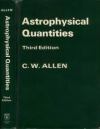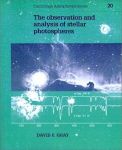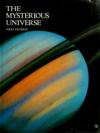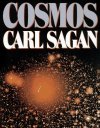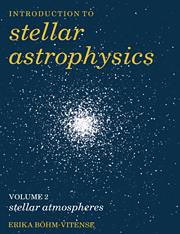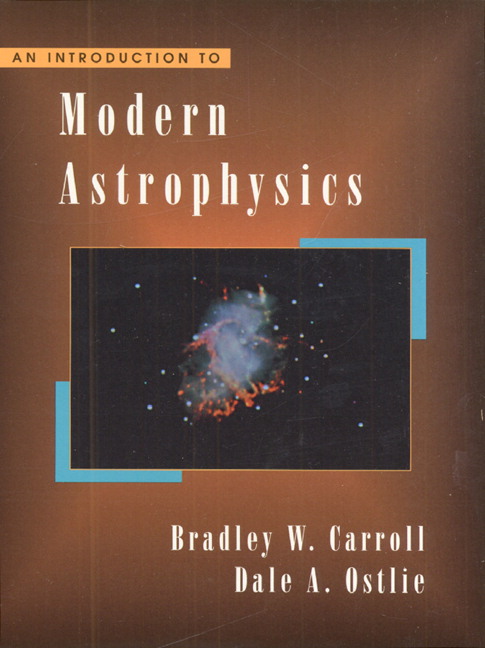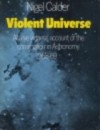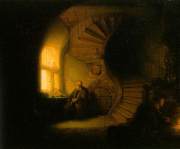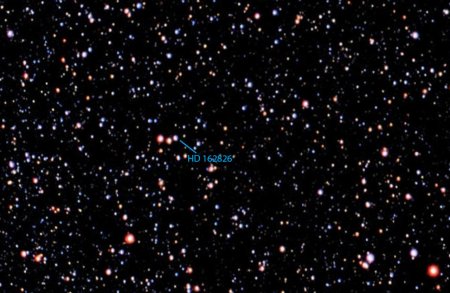
Image credit and caption: HD 162826 even has its own website, from which this image is taken.
Main sequence stars similar to the Sun, with similar effective temperatures (spectral type G2V) and metallicity (known for example by measuring the Fe/H abundance ratio), may be called solar twins, but these stars may not have the same age as the Sun. The new discovery HD 162826, however, has such a similar chemical abundance pattern to the Sun (i.e. the same amounts of all the chemical elements present), can be shown to be the same age as the Sun (middle figure), and to share similar dynamical characteristics, that it may be called a true “solar sibling”. Since most if not all stars are born in clusters, the inference is that the Sun and HD 162826 were formed at the same time in the same cluster, 4.6 Gyr ago. That the two stars have such similar abundances is evidence that they are coeval, since the two stars will have formed from the same material. However neither HD 162826 or the Sun are in the cluster now, since the cluster will have long since dissipated, having become gravitationally unbound soon after the stars had formed under tidal shear forces resulting from the Galactic rotation. For the same reason, the two stars are not at all physically associated, HD 162826 lying as it does 110 light years distant in the constellation Hercules (bottom figure).
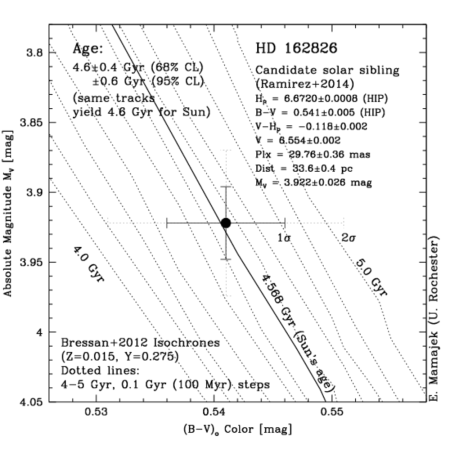
Image caption: Age and fundamental parameters for HD 162826, courtesy E. Mamajek (U. Rochester). In another development, a candidate for the coolest known white dwarf has been found, circling a neutron star. The presence of a white dwarf rather than another neutron star is inferred, but there is no detection of the optical counterpart. This suggests the white dwarf is so old it has cooled below 3000 K, and for this reason may be at least partially composed of crystalline carbon (diamond).
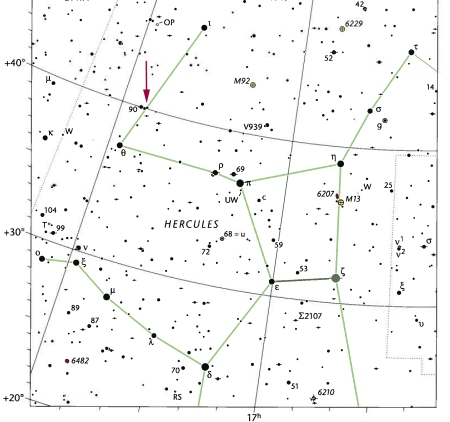
Image caption: Location of HD 162826 on the sky, near the star 90 Herculis. Update: A reckoning for the Gliese 581 system. This is the way science progresses: the presence of Gliese 581g and d are now disproved. In another new paper also published in Science, microlensing techniques have been used to detect a two earth mass, probably rocky, planet around one member of a binary system (arXiv preprint). From the abstract [more]:
We detect a cold, terrestrial planet in a binary-star system using gravitational microlensing. The planet has low mass (2 Earth masses) and lies projected at ~ 0.8 astronomical units (AU) from its host star, similar to the Earth-Sun distance. However, the planet temperature is much lower, T < 60 Kelvin, because the host star is only 0.10 – 0.15 solar masses and therefore more than 400 times less luminous than the Sun. The host is itself orbiting a slightly more massive companion with projected separation ~ 10 – 15 AU.
